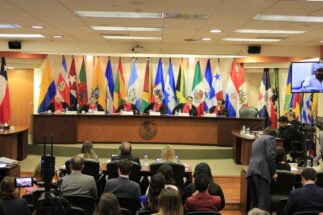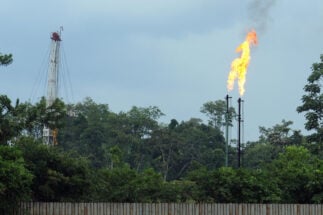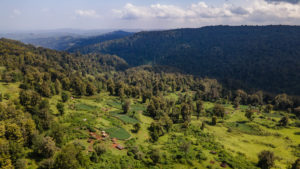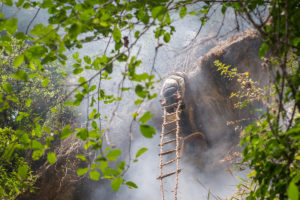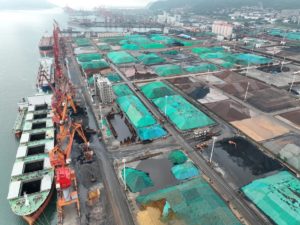At first glance, Lake Palcacocha is the most peaceful of places. At 4,500 metres above sea level in the central Peruvian Andes, its turquoise waters and the bright blue sky contrast with an intensely white ice of the glacier that perches on the mountainside between them. Stay a little longer, however, and this tranquillity is interrupted by the noise of avalanches, and blocks of ice and rock breaking off from Palcaraju, one of the peaks that surrounds the lagoon.
Each year, Palcaraju’s ice sheet shrinks and feeds Palcacocha, which in 42 years, has swelled to 34 times its former volume, according to data from the National Water Authority of Peru. As the lake grows, it becomes a latent threat to the residents of the nearby city of Huaraz: an increasingly likely overflow would trigger a flood that would flow down the mountainside towards the city, a few kilometres below. It happened before, in 1941, and as the earth warms further, scientists believe it could happen once again.
The 1941 Palcacocha flood
On 13 November 1941, one of the most tragic events in Peru’s history occurred. After a shuddering noise, giant waves of water, mud and rock swept away everything in their path.
The tragedy began with the detachment of a block of ice from the snow-capped Palcaraju, which fell into Lake Palcacocha and caused it to overflow. The water flowed down towards a lower lagoon, Jiracocha, breaking its natural dam and creating a huge flood. It reached Huaraz below within 15 minutes, destroying a third of the city and claiming the lives of 1,800 people.
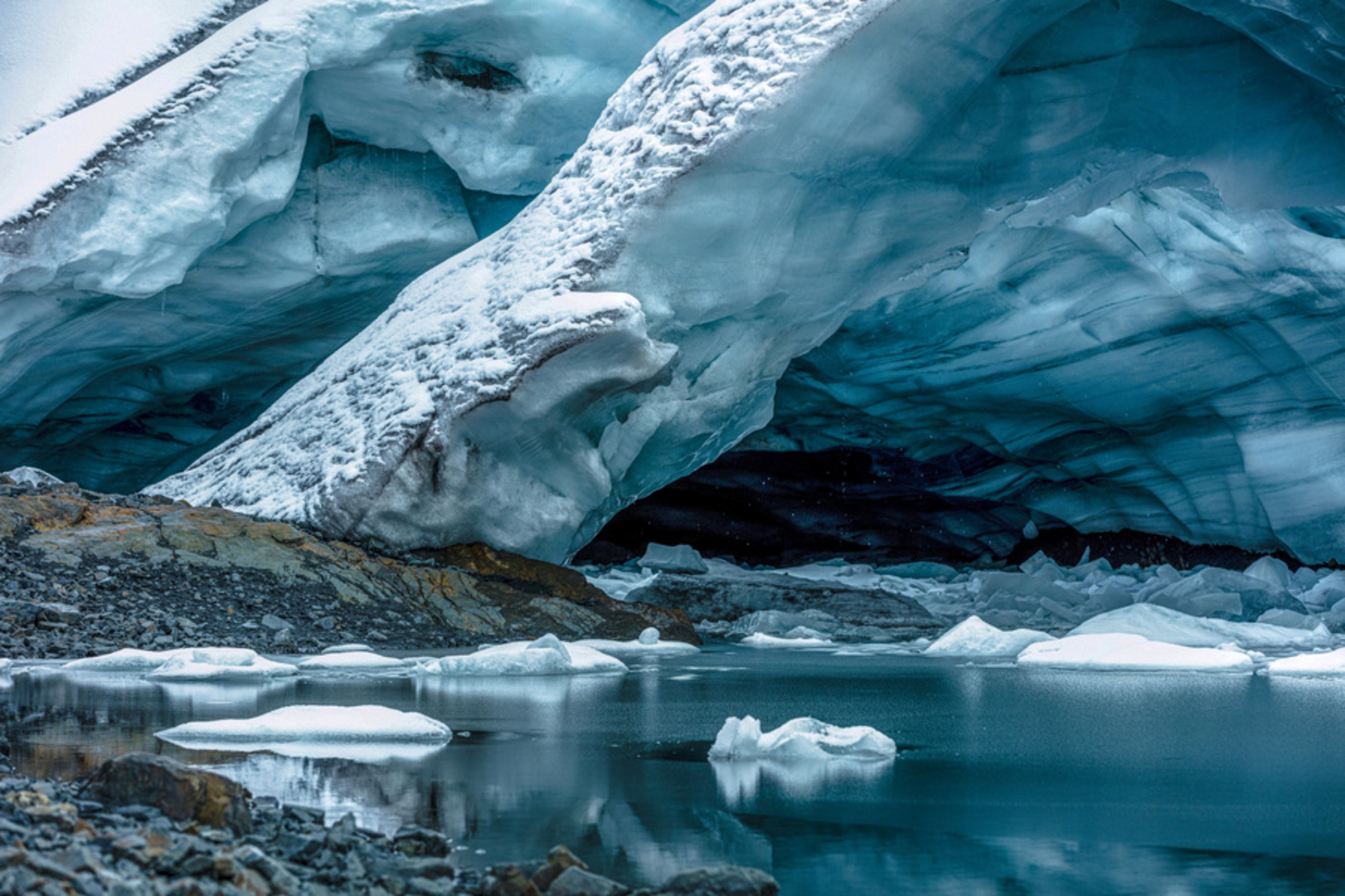
Although the natural disaster caught Huaraz unawares, warnings of the danger had been given years before. In the 1930s, a scientist named Hanz Kinzl carried out studies of glaciers, indicating the risk of glacial lake outburst floods (GLOF) in several lakes, including Palcacocha. The authorities, however, dismissed his warnings and took no preventive or preparatory action.
It was not until after the tragedy, in 1942, that the Office for the Control of Lagoons of the Cordillera Blanca (the mountain range in which the lake is located) was created to study and monitor glaciers and lagoons. Later, safety work was carried out in Palcacocha. This office was continued by several institutions until 2014, when the National Institute for Research on Glaciers and Mountain Ecosystems (INAIGEM) was formed as the main glacier research centre in Peru. However, recent decades had seen little more public discussion of Palcacocha and its risks – until one man decided to expose this case to the world.
Saúl and climate justice
In November 2015, Saúl Luciano Lliuya, a local mountain guide concerned about the melting of Andean glaciers and the potential threats it poses, accused the German multinational energy company RWE of being one of those historically responsible for global warming, and therefore the melting of the Andes.
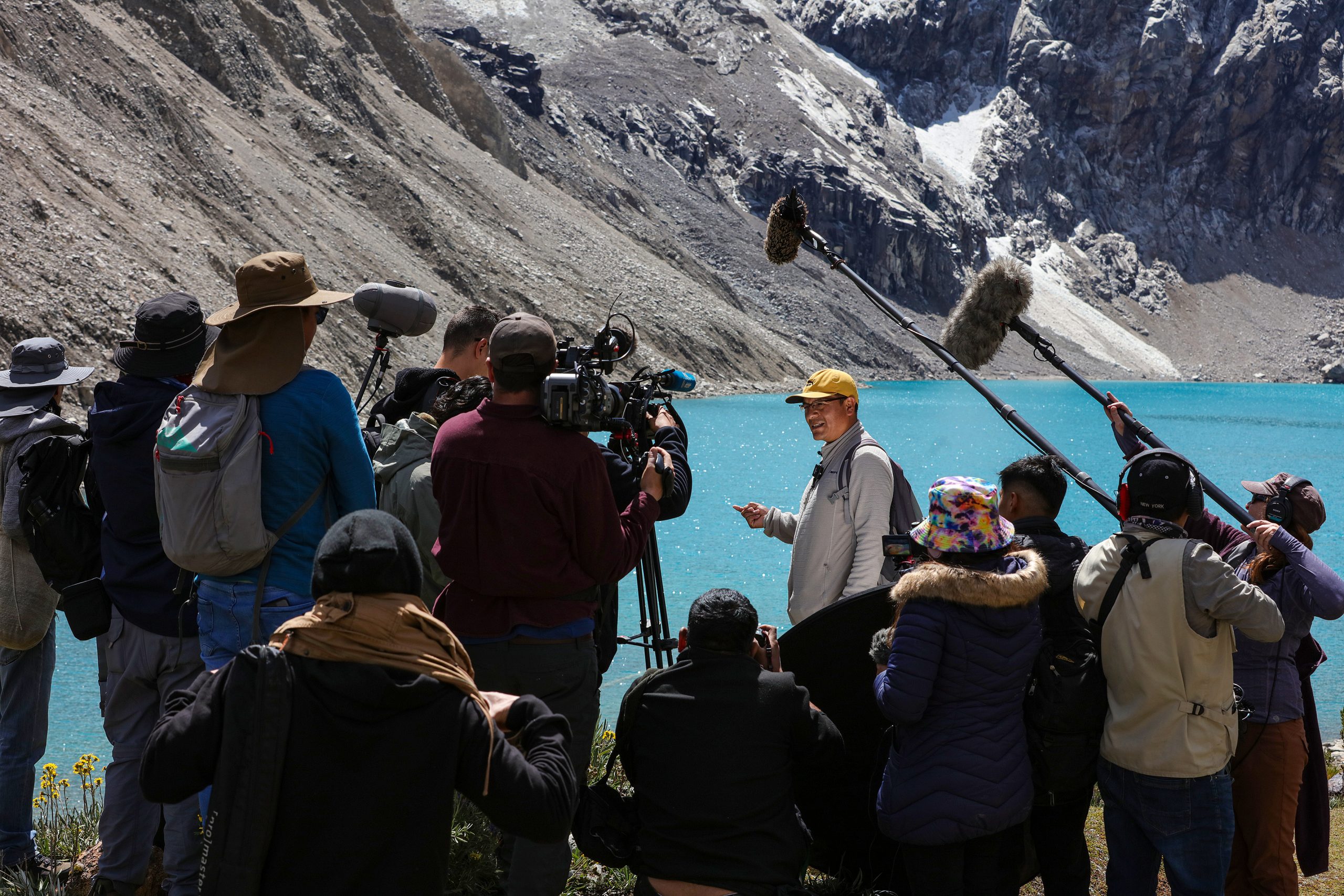
A lawsuit was filed and initially dismissed by a court in Essen – the German city where RWE is headquartered – before a higher appeals court in nearby Hamm admitted the case in 2017, creating a unique global precedent. At the end of May 2022, a group of German judges accompanied by experts came to verify risks in the city of Huaraz, the Palcacocha lagoon and the surrounding area – a visit that had been delayed several times due to the Covid-19 pandemic.
RWE may have been responsible for approximately 0.5% of all historical greenhouse gases emitted globally, according to a 2014 study. While the company has never operated in Peru or South America, “in a situation where multiple emitters cause a problem, each of them should be responsible for their share,” says Verheyen. Their case seeks to create a legal mechanism that forces companies to pay for the preventive measures that people have to take to protect themselves and their property from the impacts of climate change. They are therefore demanding that the company assume 0.5% of the cost of the security infrastructure necessary to protect Huaraz in case of a Palcacocha outflow. This is equivalent to around 17,000 euros (US$17,250).
In a situation where multiple emitters cause a problem, each of them should be responsible for their share
“For the first time, a court is considering that those responsible for climate change have a principled obligation to take responsibility for the protection of people at risk from the effects of climate change,” said Verheyen.
In a December 2020 landslide risk assessment report from Huaraz, INAIGEM warned that “the level of acceptability or tolerance of risk in the occurrence of a landslide is unacceptable, so immediate and priority risk management activities must be developed.”

The case is still a way off resolution, but it has already set a precedent in the fight for climate justice, putting pressure on the biggest emitters. In the meantime, the Andes continue to melt and the risk of disaster is growing.
The current situation
Lake Palcacocha currently has a seven-metre-high safety dam and an outlet channel built in 1974. In 2010, glaciologists determined it was necessary to lower the level of the lagoon by 15 metres, but sufficient funds were not found to carry out the necessary safety work. As a temporary measure, a siphonage system was built in 2011 to reduce its volume, which has since remained permanent.
The problem facing Palcacocha and those working around it is that this current infrastructure is not sufficient for the changing conditions. The latent danger of a flood has been aggravated: the volume of the lagoon is approximately 17 million cubic metres, which is 34 times more than in 1974. Concurrently, the population of Huaraz has grown, from 25,000 people in 1941 to more than 120,000 inhabitants according to Peru’s 2017 census, led by the National Institute of Statistics and Information. According to Christian Huggel, a glaciologist and researcher at the University of Zurich, if a flood were to occur today, some 45,000 lives would be at risk.
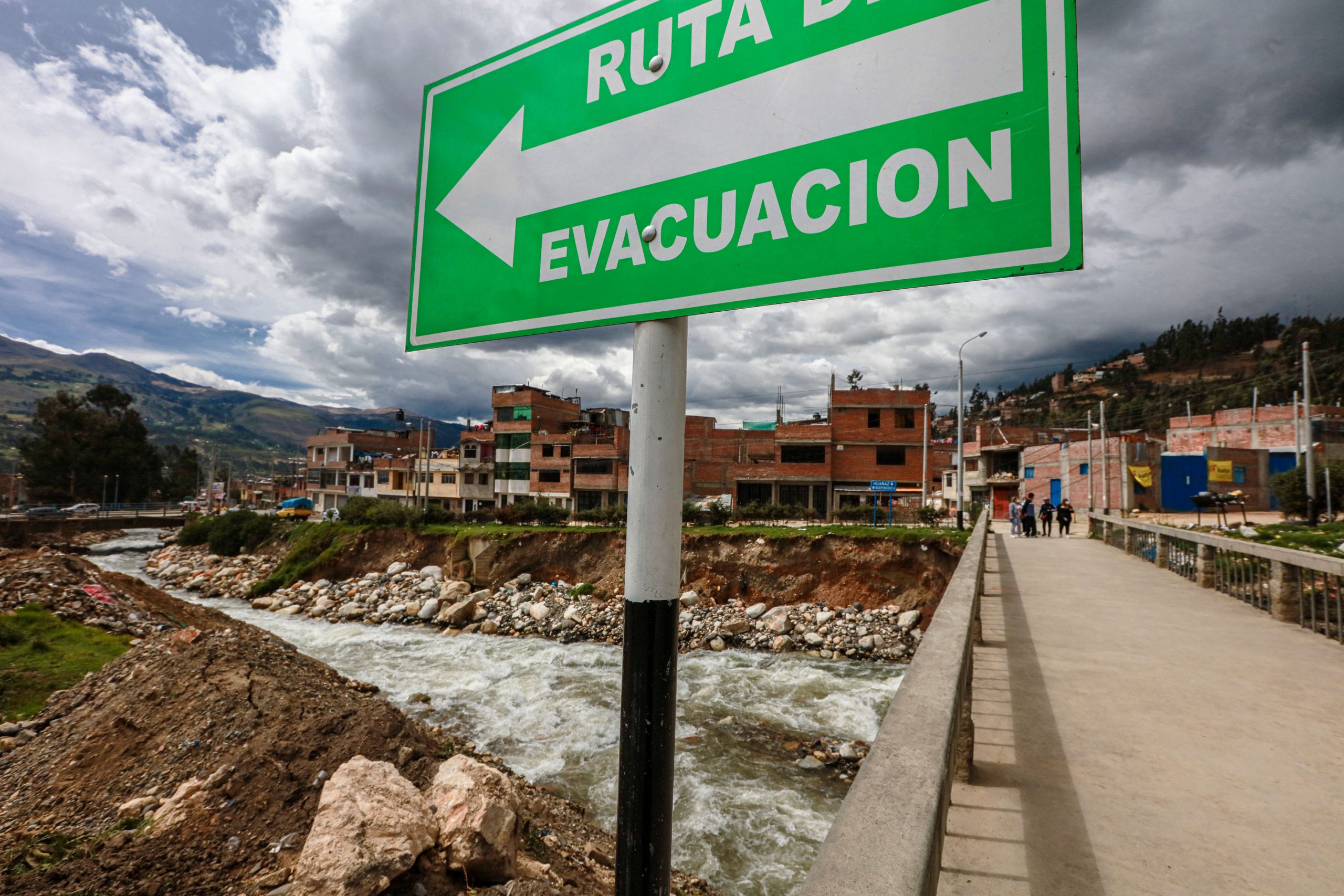
Institutions such as INAIGEM and the Huaraz Emergency Operations Centre (COER) maintain continuous monitoring systems at Palcacocha, and an early warning system has been designed to alert the population in case of a flood. Signposts have been erected to guide people to safe areas of the city, though they would have only 30 minutes to evacuate. While the system is an important tool, it also requires residents to be aware of the importance of prevention and response. In Huaraz, according to the experts interviewed, most people are unaware of the magnitude of the risk – which is perhaps most evident in the amount of construction underway in the highest risk areas.

